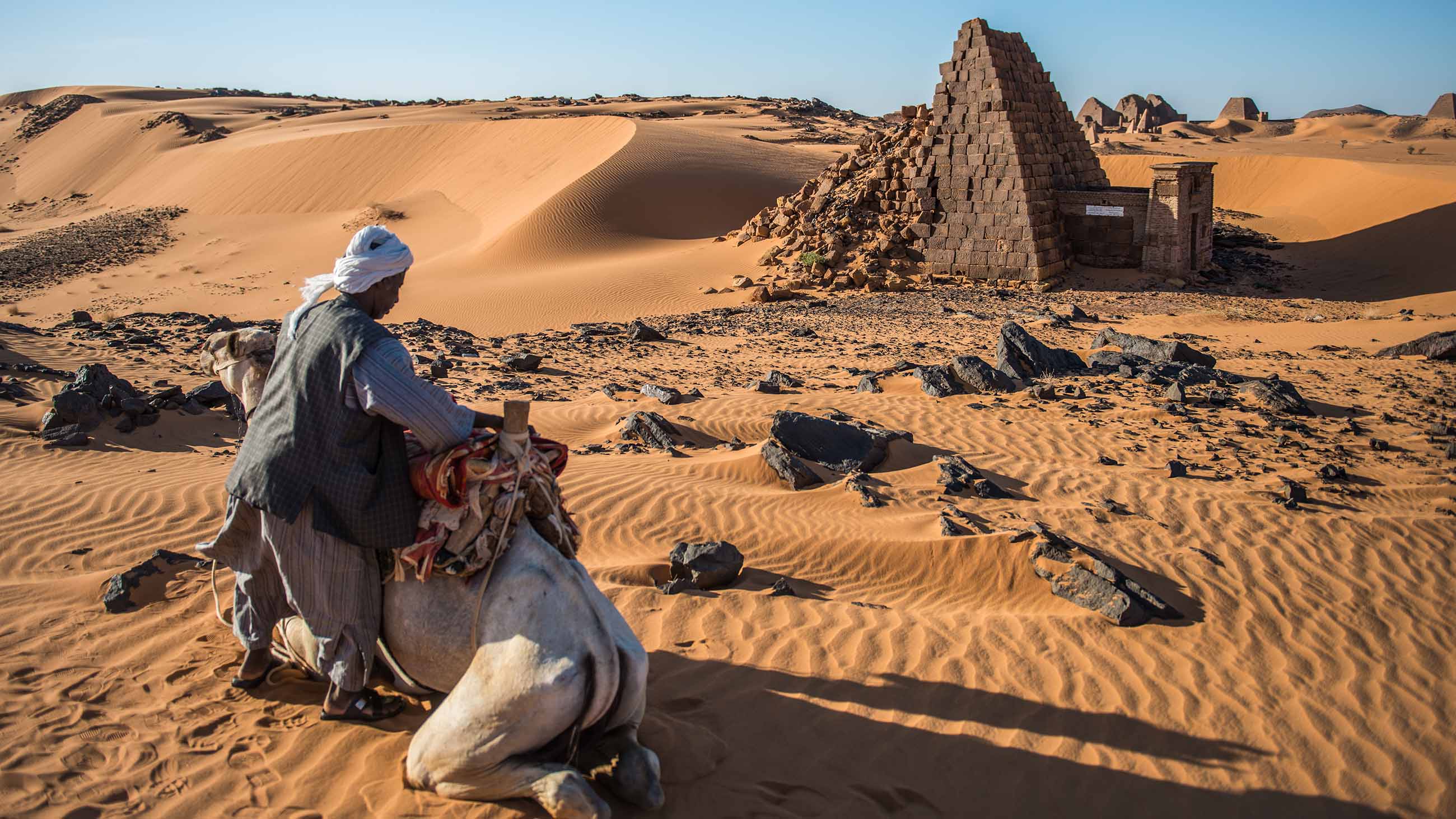
Archaeologists once viewed ancient Nubia as separate from and inferior to Egypt. But research is now showing the Nubians had their own rich culture that powerfully influenced the land of the pharaohs
Humans3 October 2022

The pyramids of Meroë in Sudan were built by Nubian pharaohs
Christopher Michel
THE middle of the 19th century was the heyday of Egyptology. Hieroglyphs had been deciphered and people could finally grasp the full richness of the ancient Egyptian civilisation. The pyramids, the mummies, the statues – it all came to life. But some European Egyptologists felt the best was yet to come. As they worked their way further south, they believed they would find older relics, perhaps even the cradle of the Egyptian culture.
In this atmosphere, Prussian archaeologist Karl Richard Lepsius began an expedition up the Nile valley. Late on 28 January 1844 he reached Meroë in what is now Sudan and found a scattering of pyramids. But even by the light of his candle, he could see the structures weren’t as old as he had hoped. As he investigated further, he concluded they weren’t Egyptian.
Lepsius later drew a dividing line between ancient Egypt and the people who built the pyramids at Meroë, who belonged to a separate civilisation called Nubia. In the next century, researchers followed his lead and saw Egypt as sophisticated, and Nubia as its inferior neighbour. Egyptian artefacts were given pride of place in museums, Nubian work was largely ignored.

But attitudes are changing. Fresh research is bringing ancient Nubia out of the shadows and its story can now be told. These were diverse peoples with their own beliefs and customs. Far from being a boring backwater to Egypt, the Nubians exchanged cultural ideas with their neighbours, even setting fashion trends for kings like Tutankhamun. …
Source:us.knews.media








